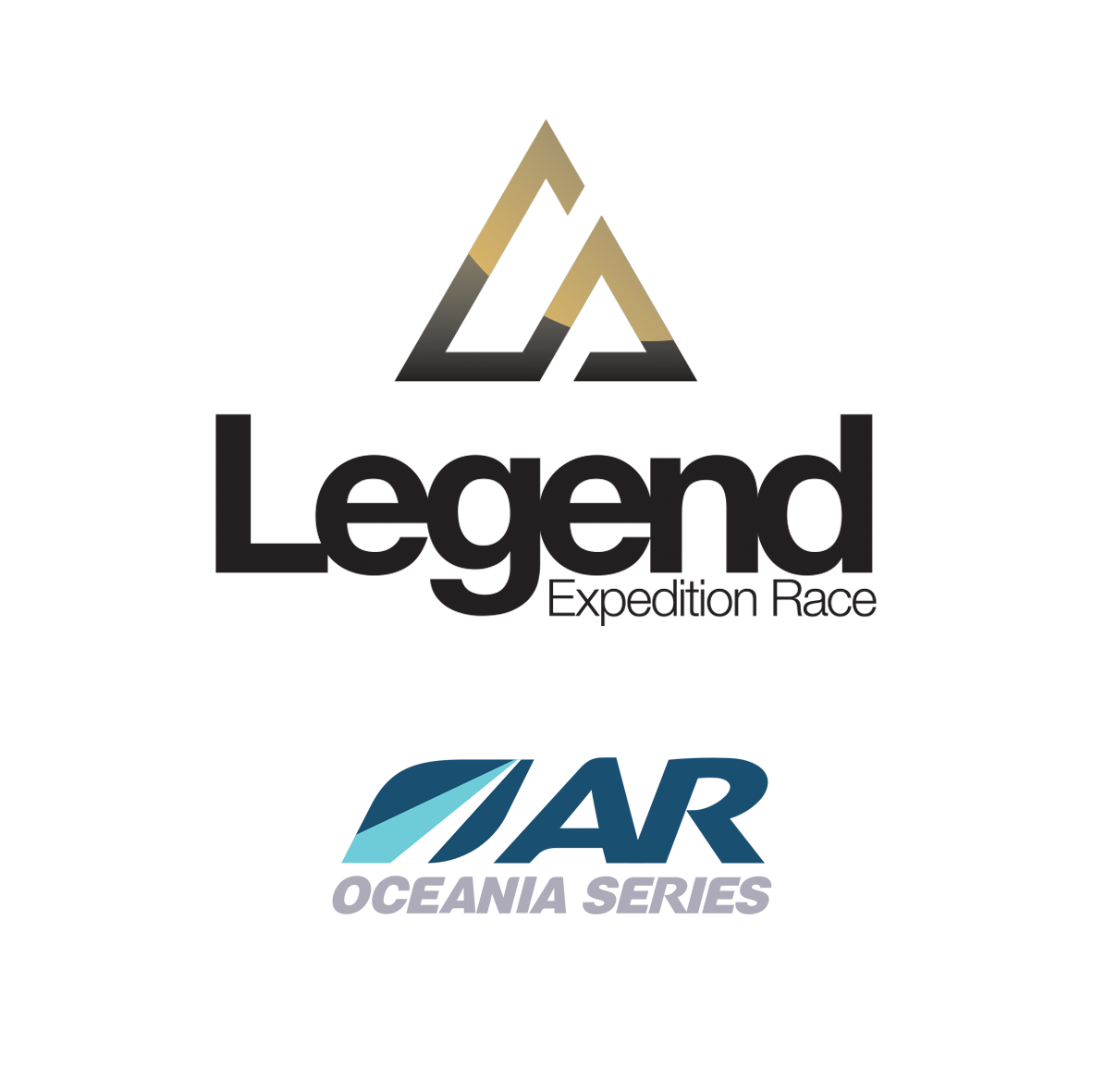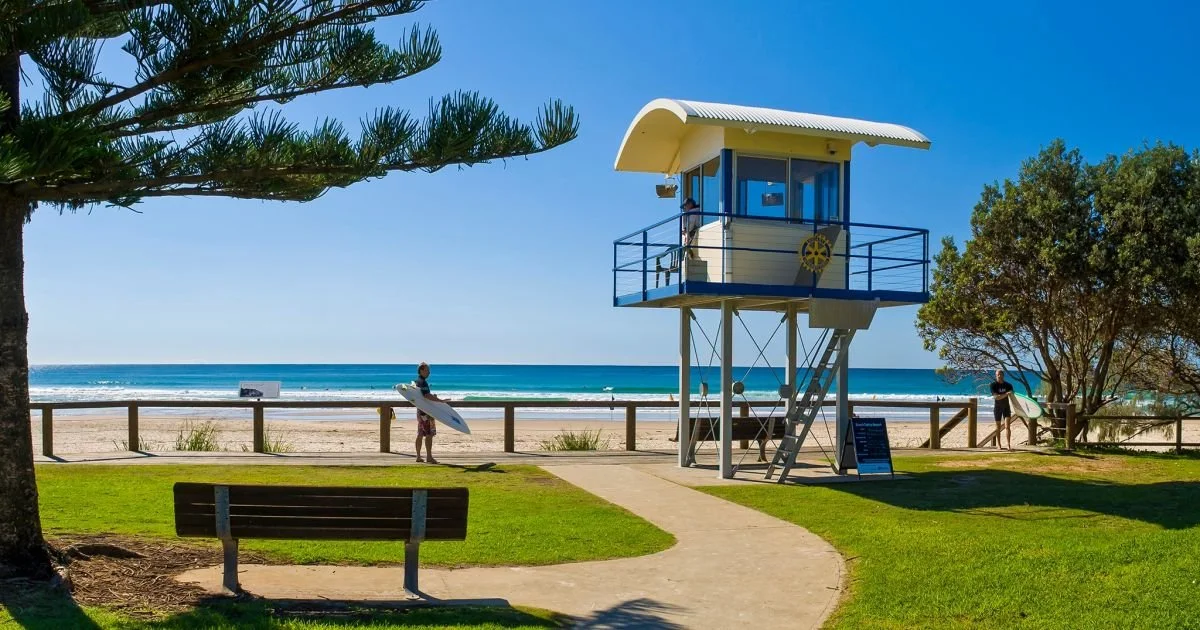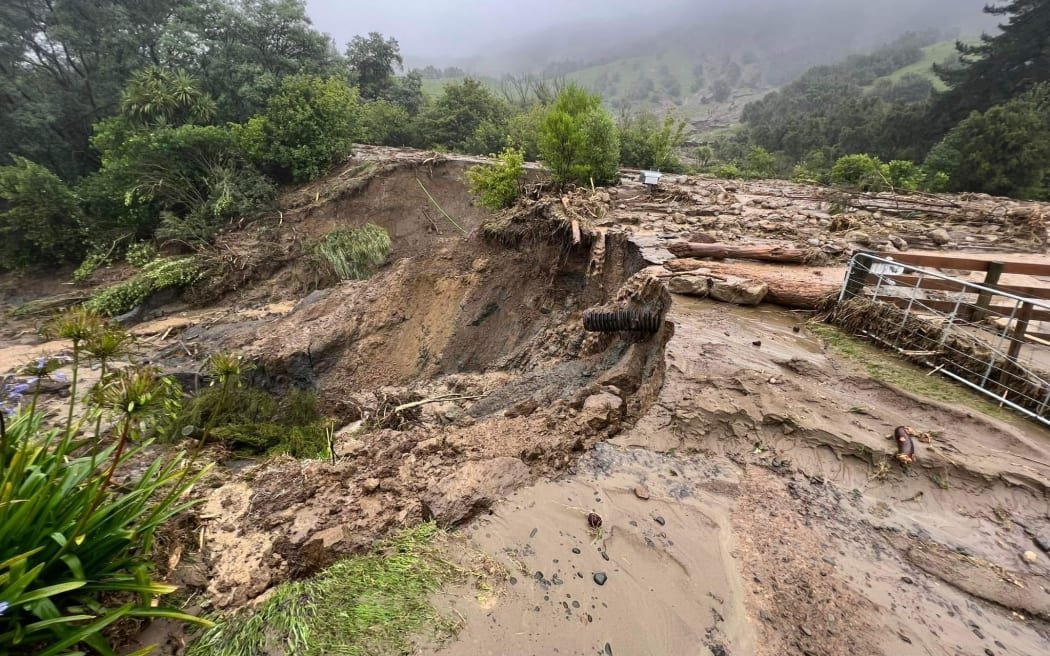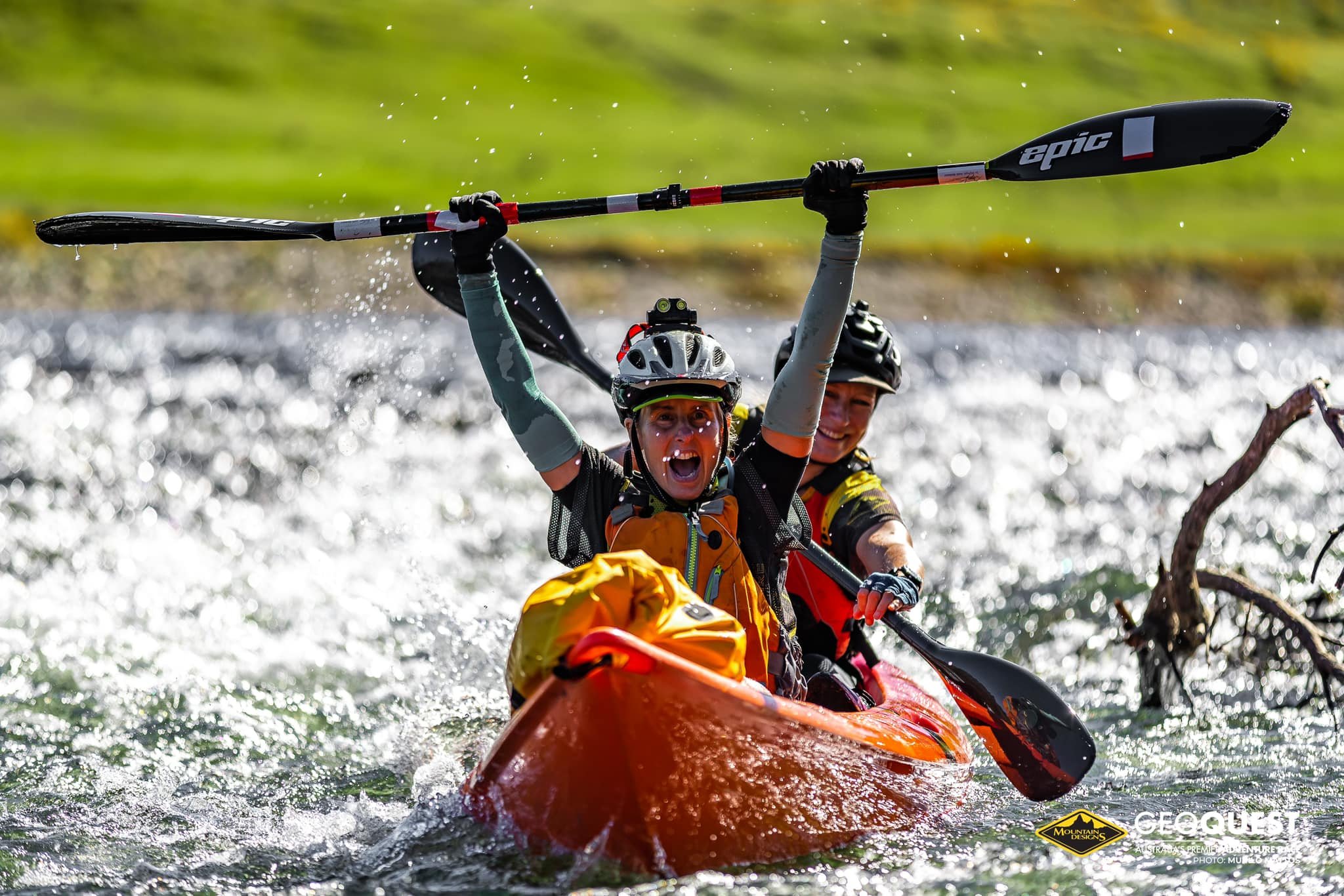Original Report at:http://teamsaambulance.com.au/?page_id=33
Team SA Ambulance returned from their first big race with mixed emotions last week. In what was logistically a massive exercise for the Team, it was a huge effort if just to only make it to the start line. A 2200km trip up to NSW mid coast near Coffs Harbour carting Paramedic equipment for the SAR team, 6 bikes, (two kids bikes and two scooters), 2 x 7.3m double kayaks, tents and numerous other race items. On top of this under the heavy load the trailer decided it had had enough somewhere between Sydney and Coffs on the Pacific Hwy and broke, releasing two of the hired life jackets into the dark night…. A midnight arrival into the caravan park with two very tired toddlers ensued but at least the equipment and race gear had arrived intact (most of it). The following day involved team member pick ups and racing around getting the trailer fixed to be able to carry the teams bikes and equipment between transitions. Luckily for us the boys at Macksville trailer company looked after us and donated their time and resources to fix the trailer for free. Thanks for that one Macksville Trailers…. And a big thanks to all of our sponsors whom have made this happen with their generous support!!
The excitement around race HQ grew all of Thursday as teams started to roll in and unload millions of dollars of mountain bikes, kayaks and equipment. The sun was shining today and indeed Friday but there was definitely a dark cloud looming with the prospect of rain over the course of the race. Friday was a day of official equipment checks and competency checks for teams, with team number presentations, course maps being handed out and a 10th anniversary birthday cake for the race being eaten by all. With Maps being given out late afternoon, teams withdrew to their own quarters as they intensely studied the maps and started planning their routes. Our very own Team McGyver (Owen’s) gameface came out and diligently started preparing the maps, contacting, marking and planning the route. Whilst this was happening our support crew superhero, Shane’o’ raced around town purchasing race food and last minute items for the team. A relaxing team dinner ensued with a last minute lager/carbo load. (secret formula…) Our second support crew member arrived later that night, Grand-Daddy Coull, and the team was complete for a crack at Australia’s Premier Adventure Race, the Geoquest 48 hour….
RACE DAY.
This was it, this was our first big test. Talk about being thrown in the deep end… My mind was a complete scramble with last minute head checks, have we got all of our mandatory equipment and safety items?, have we got enough food? How is Ally’s first ever race going to unfold? “Ummm, where’s the second tow line for the kayak?’ Owen asks. A frantic search revealed it was indeed missing (actually it was sitting in plain view in the trailer but our race goggles didn’t allow us to focus on the obvious.) Some quick thinking by Macgyver saw him quickly rip off the guide ropes from the tent and string them together to fashion a make shift 15 metre tow line, and that’s why he’s the rock star of the team….
The start line was a hive of nervous and raw energy. The first leg was a sea kayak with a surf entry and exit. Owen is our only experienced kayaker and luckily Ally was paired with him in the boat. As for Scott and I this was our first ever paddle together and was about to get interesting. The horn sounded and the teams were off. The top end teams all have elite paddlers and very fast (but unstable for beginners ) streamlined surfskis. They took off very quickly and were soon literally paddling out of sight. Our first objective was to successfully negotiate the surf without capsizing. Scott and I managed to keep our vessel upright and punched through the waves several times getting the 7 metre boat airborne and crashing down the opposite side of the wave. Owen and Ally showed more finesse and steadily followed closely behind. With Scott in the steering seat we nearly tipped several times as we battled to keep the boat straight, which was easier said than done given the size and direction of the swell and the opposing wind all working against us. Our position, as expected during the paddle was to the rear of the field but changed many times as crews succumbed to the swell. Several teams capsized and some required rescue from the life boats. One competitor withdrew due to sea sickness and extensive nausea and vomiting. With the landing point in sight Scott and I faced a new challenge and dilemma. Our spray skirts weren’t at all water resistant and the boat was fast filling up with water. We also didn’t have electric bilge pumps on board that we had hoped for. Multi directional waves were now providing a challenging obstacle for us and with the extra weight of the water adding to a very unstable boat we were reluctant to stop and risk tipping to bail out the water. The decision was made to punch through. No sooner had we decided to do that when we had three close calls saving a tip over before a fourth tip sent us into the drink. With the boat far too full of water we struggled to re-enter and keep the boat upright. Owen and Ally had to paddle over to us and stabilise the boat whilst we bailed and bilged out enough water to re-enter. This took about 15 to 20 minutes or so to correct. We were then off again and close to our first check point. Owen and Ally had a clear objective of timing their entry through the surf and gave us strict instructions to keep clear of them so we didn’t spear them with our boat in the surf zone. Scott and I had a clear objective also. Get to shore however we can. We gave our team members a good 50 metre gap but very quickly closed that with in seconds due to catching a wave in and hurtling dangerously close to them (and very much out of control) 10 metres form shore we thought we had made a clean entry until the last of the wave we were on decided to quckliy turn us sideways and spit us out. It wasn’t pretty, but we had done it, we were safely ashore….
STAGE 2
Stage 2 saw teams having to carry their own rafts with them on a mountain bike stage, split up to find check points and then meet at the raft entry point. A tricky and well hidden first checkpoint saw a number of teams converge together and a traffic jam occur as teams lined up to carry their bikes above shoulders through a swampy underpass. On successfully negotiating the swamp bike carry section, teams now split to cover the checkpoints. Scott and I drew the short straw and turned left immediately encountering a creek crossing. Neck deep in some God awful stenching stagnant creek, I completely became submerged for about 15 seconds as I treaded water with my bike resting on my head. Finally I hit solid ground and re-emerged from the dark depths of sludge to re-continue the ride. Scott was a bit smarter then me, he was still wearing his PFD and merely floated across as we needed them for our next leg anyway. After successfully navigating our way through 5 checkpoints without our master navigator we arrived shortly after Owen and Ally at the rendezvous point to launch our pack raft. 4 mountain bikes and 4 backpacks were then carefully loaded onto a concoction of various sized old car tyre tubes and childs size blow up paddle boat.. An ill carefully placed sprocket or pedal could have spelled disaster and saw the bikes and equipment sink to the bottom of the river. As was the case with one of the top ranked teams which saw them having to retrieve all of their bikes from the bottom of the river and be rescued by the water crew. Scott and I then crewed a small boat each with a single paddle as Owen and Ally adorned their flippers and kicked from the back of the boats. Remarkably this seemed to work quite well as we made up ground on this leg taking only 45 minutes with the average time being in excess of an hour.
At the end of the stage our support crew were really hitting their straps, loading and unloading bikes and kayaks, preparing food and maps. We couldn’t have asked for a better crew to service our needs. A big thank you goes out to Shane (Ally’s partner) and Dave (my Dad) for donating their time and efforts to come and help us. Really, without the support crew there is no race. It is a massive effort for support crews to pack and unpack gear at transitions and then navigate and find their way to the next transition for up to 48 hours.
STAGE 3
Stage 3 was a leisurely and much less stressful 20 km paddle down the river. After dislodging a log form their rudder, Ally and Owen hit their straps and motored down the river whilst Scott and I worked our guts out to keep up with them. Their is a lot to be said for technique and unison in the paddle…
STAGE 4
Stage 4 for our team started late into the afternoon with dark fast approaching. Head lights were packed and two of our rafts were deployed for a couple more paddles across the river to negotiate the mangroves. Here another two more checkpoints followed by a run down the beach to find the next transition and mountain bike leg. Some more great navigation by Owen and a quick 5k run along the bridge saw the team make up some more ground and positions on the field. In a golden moment of the race we were greeted by our support crew with hot chips and drinks which set us up nicely for the long mountain bike leg.
STAGE 5
Stage 5 saw teams riding through forests to then dump their bikes and navigate deep into thick scrub to find a creek line with a hidden checkpoint. Ally, Scott and myself watched in amazement as Owens navigational skills came to the forefront. Randomly we would stop somewhere in the middle of a track, bash our way through thick scrub for a few hundred metres and magically find the checkpoint we were after. Brilliant!! High fives would entail then we would jump back on the bike and do it all again. By now the promised rain had settled in well and truly and we found ourselves wading through thick mud and carrying our bikes up unrideable terrain with thick, clay like characteristics that immediately clogged up your drive train. One checkpoint saw us wade through thigh high waters and a marsh attracting leeches in the dozens. Speaking of leeches, did you know that if you tickle their bottoms they rear their heads then you can pull them off??? Anyway, a toilet stop for Ally proved ill fated, collecting a leech in the most unwanted of places, yes you heard correctly, the MOST unwanted of places, ala, the movie, Stand by Me style…. Of course being quite vascular in that region, it filled up pretty quickly, dosed off to sleep, had its anus tickled and luckily dropped off quite easily so we are told….
A massive seven hours of this stage saw the team roll down the hill to Dorrigo national park to begin the Trek stage up Mount Dorrigo. A very near miss occurred with Owen falling asleep whilst riding down hill. Luckily he veered into a grass strip which slowed him down and awoke him before crashing into trees or falling off the side of a cliff or something fatal like that. A very wet and frozen team pulled into the transition at 4:30 am and threw down a couple of ham sandwiches, tins of creamed rice and lollies, put on all their remaining soggy, wet cold clothes before heading off on a 5 hour trek.
STAGE 6
The rain was now torrential and relentless, the side of the mountain we travelled up was steep, slippery and literally running with water. The mud made it slow going up the hill and walking sticks were fashioned to help get us up the steep bits. Ally found out just how inappropriate sand shoes are for this type of terrain and luckily the sticks helped her grip enough to make it up the mountain. No sooner had daylight arrived when it suddenly became dark again as even heavier rainclouds rumbled through over head. The team was now desperately cold and wet from the constant barrage of rain and being submerged in water. Our key team member and navigator Owen, was displaying signs of hypothermia, now repeatedly vomiting and heaving until there was nothing left in his stomach. Unfortunately our teams uniforms had arrived only late the day before the race, so were not tried and tested. Not at all waterproof, they left the team exposed to the constant barrage of rain, quickly cooling us down to dangerous core temperatures. Our back up Gore-Tex jackets were deployed to late and the damage had already been done. Arriving into the transition at around 9:30am we made our way by team transport to start the next bike leg.
The Final Call
With the majority of the team looking worse for wear, hypothermic and struggling to warm up we were faced with the decision of wether or not to go on. By now quite a few teams had pulled the pin with one of the top teams members carted off to hospital with hypothermia. The forecast was grim with local flash flooding and teams facing multiple cold and wet river/creek crossings. Bridges and passes were systematically closing throughout the course as they became unpassable due to rapidly rising river levels and flooding. With that in mind and foreseeable abandonment of the race, As team Captain I had to make the tough but right choice to preserve the teams health and safety and call it quits on the race. Around 28 hours into the race, Team SA Ambulance left the course intact but feeling the effects of Hypothermia. Shortly after, the race organisers abandoned the race and pulled all teams off the course. 3 teams managed to complete the course by finishing the last leg which was a 20km easy paddle along the river.
Lessons Learned
On reflection as our first race together as a team we performed remarkably well. Had we continued on we were already sitting in 14th place overall which was above respectable, we may have even gained a few more places along the way. We learned a lot about each other as a team and worked out a few key areas of improvement needed. We learned that Ally is one tough little competitor whom despite crashing numerous times, kept getting back on the bike and never complained despite her anxieties on the fast, steep down hill sections. Scott is the non-assuming gentle giant of the team, always a calm demeanour and happy to go with the flow. Scott was doing a great job as team pack horse, constantly carrying his and Allys bikes up steep unrideable hills and swamp, creek crossings. Owen is the team superstar and true MacGyver of the squad, he is the go to man for fixing anything that needs to be fixed or technical matters. As team Captain, my role is more behind the scenes, providing the glue to bond the team together. Not excelling in any particular discipline, I will never give up and push myself for the sake of the team to the nth degree. Always aiming to provide an effort worthy of a ‘Captains knock’, for me the race is never over till it’s over..
Key areas of improvement needed for the team
1. GORETEX – deploy the goretex jackets early to stave off hypothermia.
2. ASSET PROTECTION – without a fully functional navigator our race is over. Owen needs to protected at all costs to keep his mind sharp and on the job. The extra burden of the mental capacity to successfully navigate means Myself and Scott have to be the pawns of the team and round around looking after general tasks including looking after Ally and providing towing capabilities and carrying extra weight/equipment. As with most teams, the females of the team tend to have slightly less speed but better staying power. Providing Ally with the ability to maintain her maximum output is also crucial to overall team speed. Many teams use towing systems on both the trek and bike. Providing up to 10-15% more efficiency for ally can lead to big gains in covering distance quicker.
3. SMOOTH/SHORTER TRANSITIONS – At night especially, transitions need to be short, sharp and fast. Stalling too long during the night on transition can be fatal for the team as it quickly brings about hypothermia. Teams need to be as quick as possible to keep the blood flow and movement required for warmth. Longer rests and transitions will need to be saved for warmer daylight hours. Having said that, Nutrition and hydration is paramount but this needs to be completed whilst on the move in a grab and go fashion.
CONCLUSION:
Was it worth all the effort and money to race a race that gets abandoned. Yes, it was the race we had to race to find out our limitations, strengths and weaknesses. Leading up to the world championships in November it was the most important trial run / session we could have done. Without it, we could have gone into what could potentially be a very dangerous situation without appropriate training, equipment and preparation. We now have a very clear view of what is needed as a team between now and November’s world champ race. We now understand to merely finish the race in November will be a massive undertaking and goal well worth achieving.
















